The light train rushes on the rails. In the crowded car, a passenger is listening to an American sitcom ; a little girl chatters and stamps on her seat. A typical scene of travel by public transport, if it were not for the decor: the autonomous vehicle progresses in the hollow of a sort of residential valley whose cliffs are high residential towers. Not a car is visible in the vicinity.
This scene, sketched in the new city of Punggol, suggests that cars play a secondary role in Singapore. The reality is more complex: outside the residential micro-districts, impeccable motor vehicles drive at high speed on wide boulevards. The car is here a prestigious instrument.
“Singapore is the most expensive place in the world for cars,” says bluntly Victor Tan, a soft, round-faced 36-year-old sales consultant at a car dealership. Singapore sits at the top of Deutsche Bank’s global rankings . A medium-sized car is twice as expensive there as in Copenhagen or Oslo, which occupy the 2 nd and 3 rd echelons of the ranking.
Fishermen try their luck in the waters of Lower Seletar Reservoir Park, one of Singapore’s freshwater reservoirs, at the foot of the North-South metro line. The public transport network is constantly boiling. By 2030, three new metro lines will be built or completed.
The objective was initially motivated by the lack of space, but climatic considerations now also weigh in the balance. The initially incongruous experience of the country-laboratory is now of interest to the rest of the world.
Five times fewer cars
Currently, a Toyota Corolla costs $140,000 in Singapore, including taxes and certificate (1.00 Canadian dollars = 1.04 Singapore dollars). In Quebec, the same car retails from $29,000, taxes included. An entry-level Mercedes-Benz costs $240,000 in lion city. In La Belle Province, the same sedan costs $66,000, taxes included.
The centerpiece of Singaporean taxation consists of an “eligibility certificate”, essential to owning a vehicle. A limited number of these certificates, valid for 10 years, are issued by the government. Every two weeks, the available certificates — freed up by the destruction of a vehicle or by its sale abroad — are put up for auction. In early October, they sold for over $80,000 each.
Users of the North-South line of the MRT (Mass Rapid Transit) in the early evening. Even at rush hour the subway cars never seem crowded.
In addition, buyers of a new car must pay general property tax (7%), excise duty (20%), additional registration fees (from 100%) and, since 2018 , pay a penalty if it is a very polluting vehicle (up to $25,000). Gasoline costs about $2.50 per litre, and tolls are imposed.
says a laughing Mr. Tan, himself the owner of a Honda Civic that paid nearly $100,000 in 2018. Singaporeans, who pay very little income tax, like to “strut around” with their new vehicle and make trips to Malaysia, on the other side of the Strait of Johor.
The gradual implementation of these dissuasive measures over the past fifty years means that Singapore today has five times fewer vehicles per inhabitant than North American cities, explains Paul Barter, an independent expert on transport issues. “The government is not very democratic, so it had the luxury of being able to impose these unpopular policies and come out unscathed,” he said as he strolled through the Kovan neighborhood.
Paradoxically, motorists benefit, because of their small number, from an excellent service. No traffic jam affects the country. The very dynamic toll system plays a big part in this. The rates depend, for each segment of boulevard or motorway, on the time of day and of the week. The toll booths are regularly reviewed to avoid slowdowns. Thanks to this system and the very efficient road network, “a third of households that own a car are doing an excellent business”, estimates Mr. Barter, who has lived in Singapore since 2000.
This native Australian had made an appointment with Le Devoir near a station of the “Mass Rapid Transit” (MRT), the Singapore metro. The six lines and their 130 stations extend their tentacles over the whole country, which can be crossed from end to end in an hour and a half by metro. Two light rail lines, with 40 stations, complete the rail network. Dozens of bus lines are attached to the transport network. The price of a metro trip varies between $1.50 and $2.50, depending on the distance travelled.
Barter believes. The frequency of buses sometimes leaves something to be desired. Moreover, outside residential areas, it is difficult for users to reach bus stops, as the boulevards are so wide and the pedestrian crossings so rare. Urban planning thus confines pedestrians to well-defined areas, outside the playground of cars.
In the new city of Punggol in Singapore, the autonomous vehicle of the LRT (Light Rail Transit or light metro) progresses in the hollow of a kind of residential valley, whose cliffs are high residential towers.

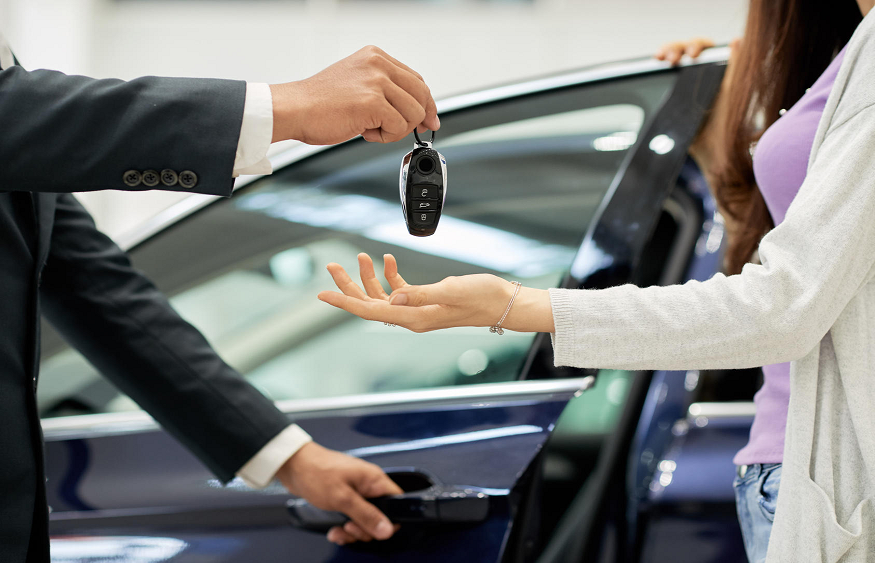

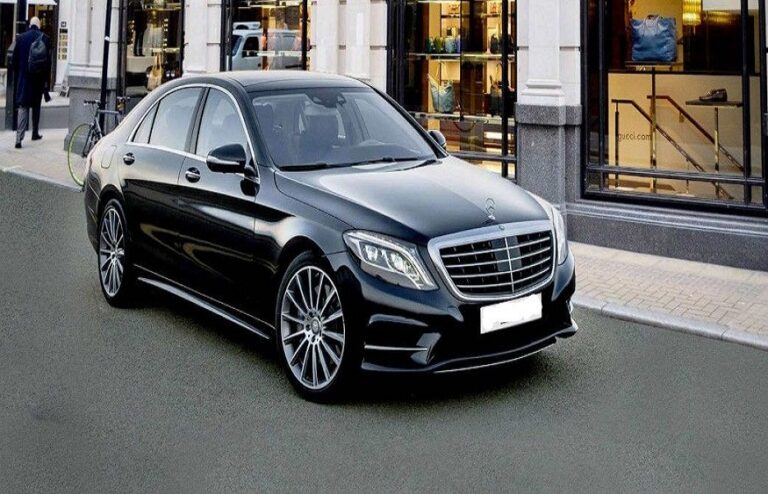
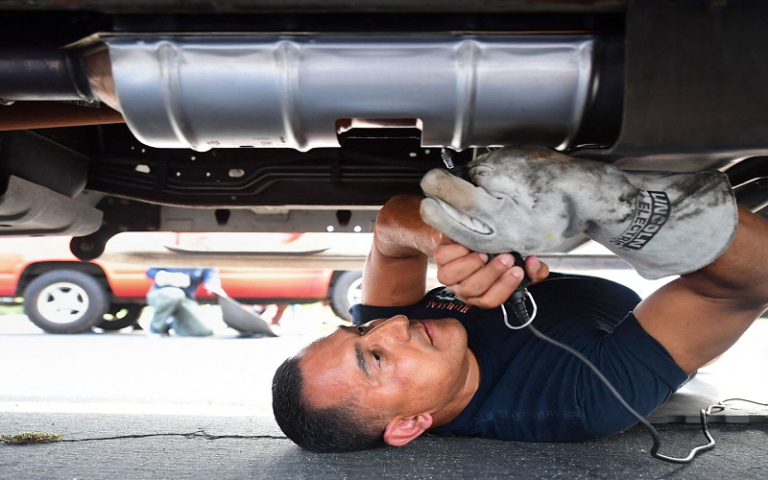




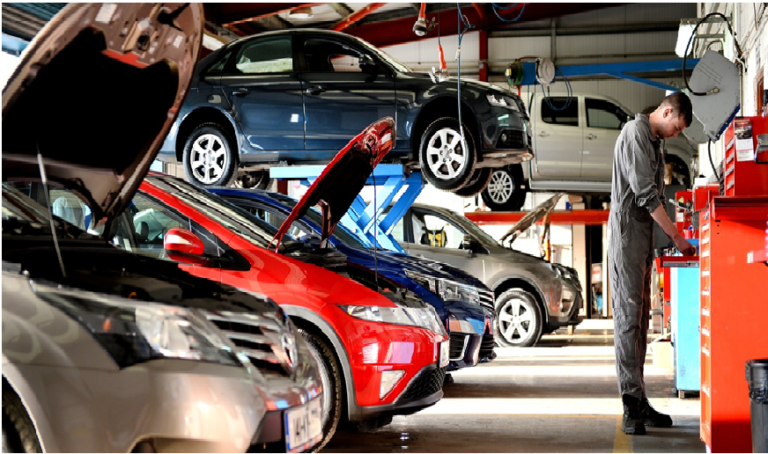
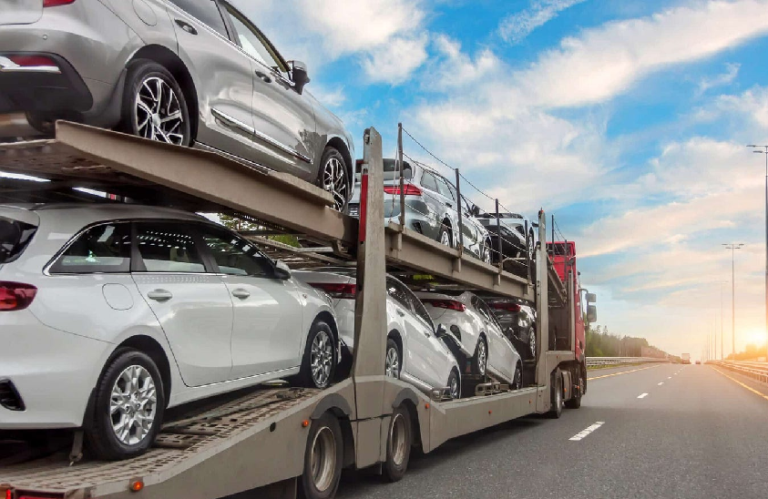
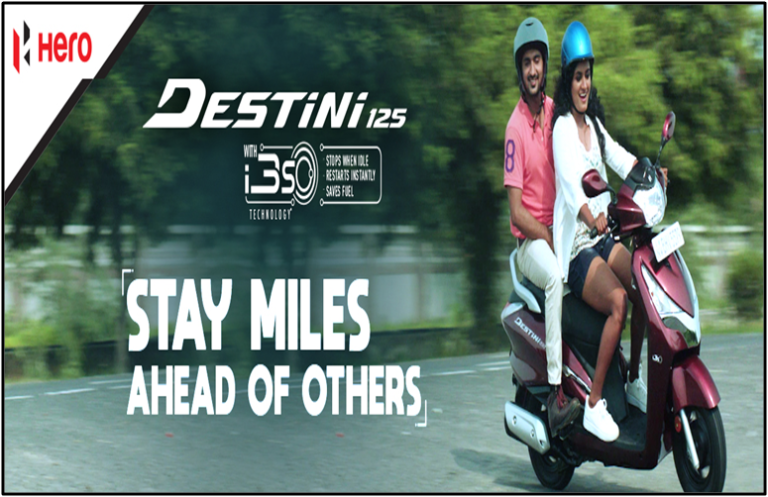
+ There are no comments
Add yours